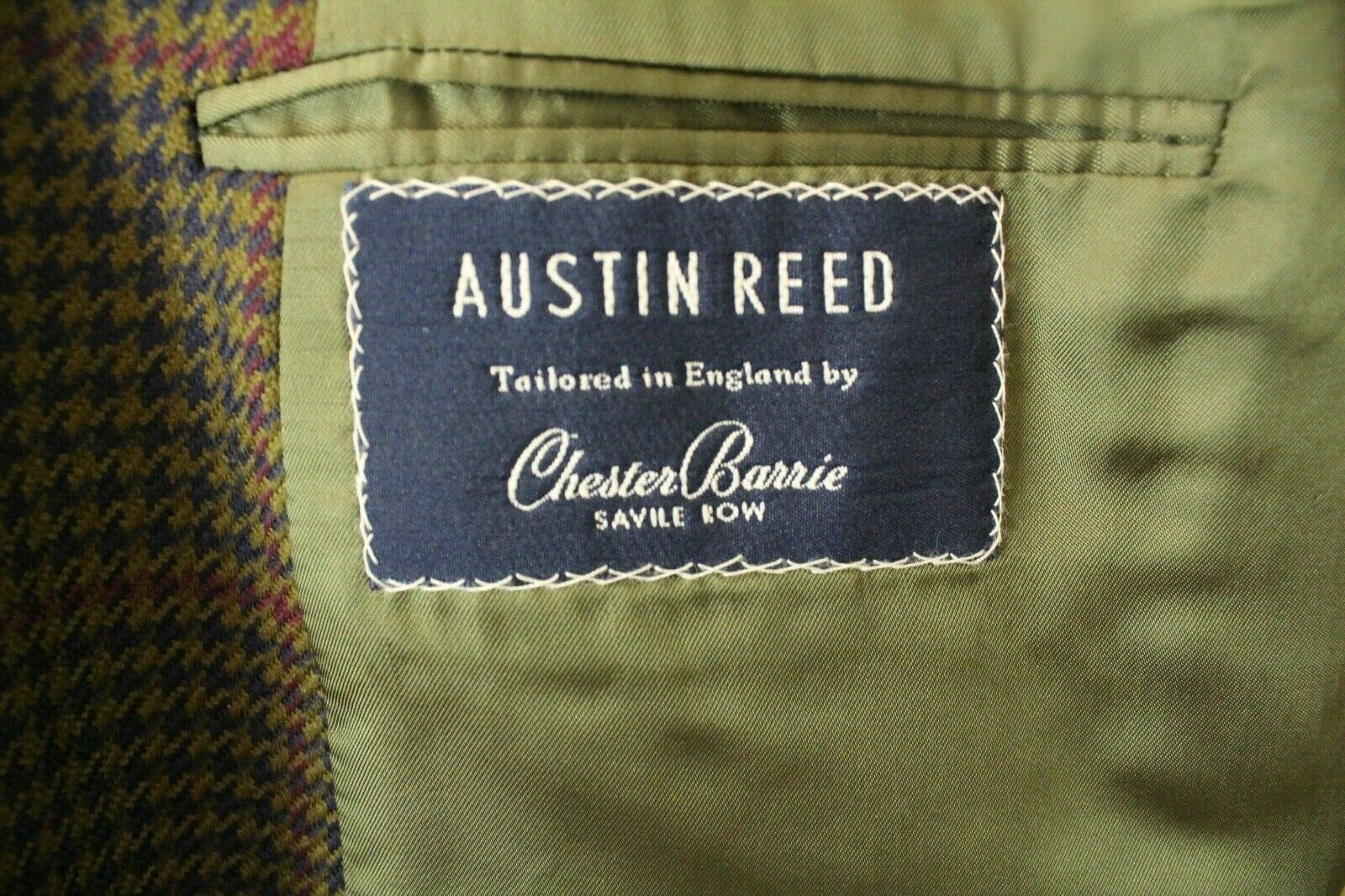Many people may know that this was a Savile Row house, and it had a long history, but why haven’t you heard of any bespoke works? Because it’s not a bespoke tailoring house at all! Not a bespoke tailoring house but on Savile Row? That’s right, it’s a marketing trick.
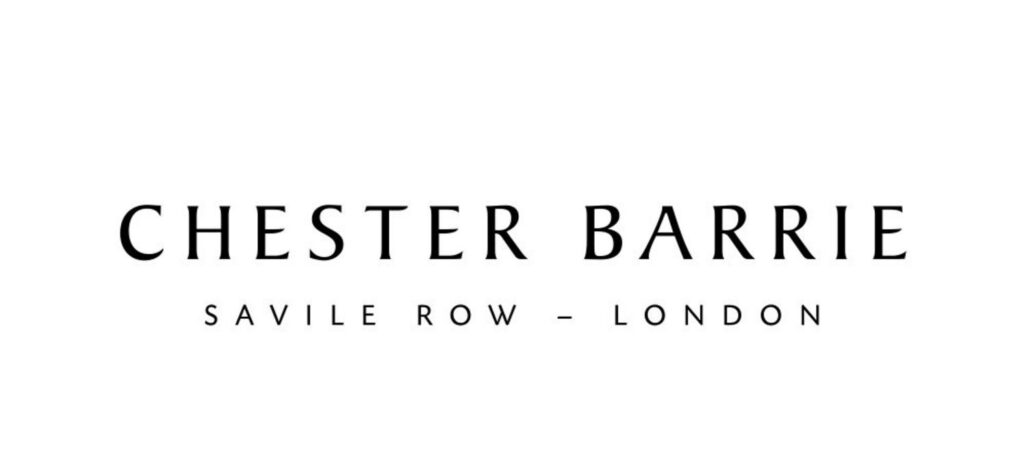
Let’s take a look at the ups and downs of this brand.
First of all, no one is called Chester Barrie, it’s a completely fictitious name.
The reason for this name actually has to start with the founder.
The founder, Briton Ackerman, was British, but had a career in the United States, and he came up with a brilliant idea when he noticed that Americans were very fond of British products.
He returned to London and registered a brand called Chester Barrie. Chester is from the Roman city of the same name, while Barrie is taken from J.M. Barrie, the author of Peter Pan. Why is it such a name? Because Ackerman thinks it sounds very British! This is the G-spot of the Americans!
In 1935, a factory was set up in the small city of Crewe, focusing on the production of British-style clothing for export to the United States.
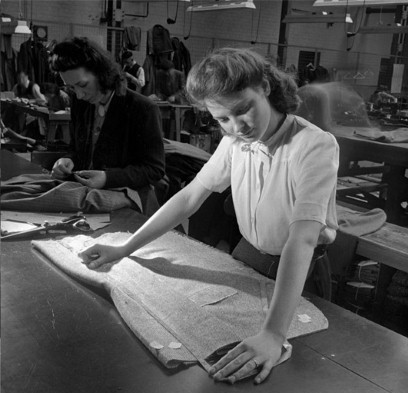
His inspiration for the design came from the famous houses on Savile Row.
He wasn’t satisfied with that, and if he wanted to create a luxury and prestigious identity, why didn’t he let everyone misunderstand that Chester Barrie was a bespoke house on Savile Row? So he rented No. 32 Savile Row, and from then on the logo would say Chester Barrie Savile Row, Made in England.
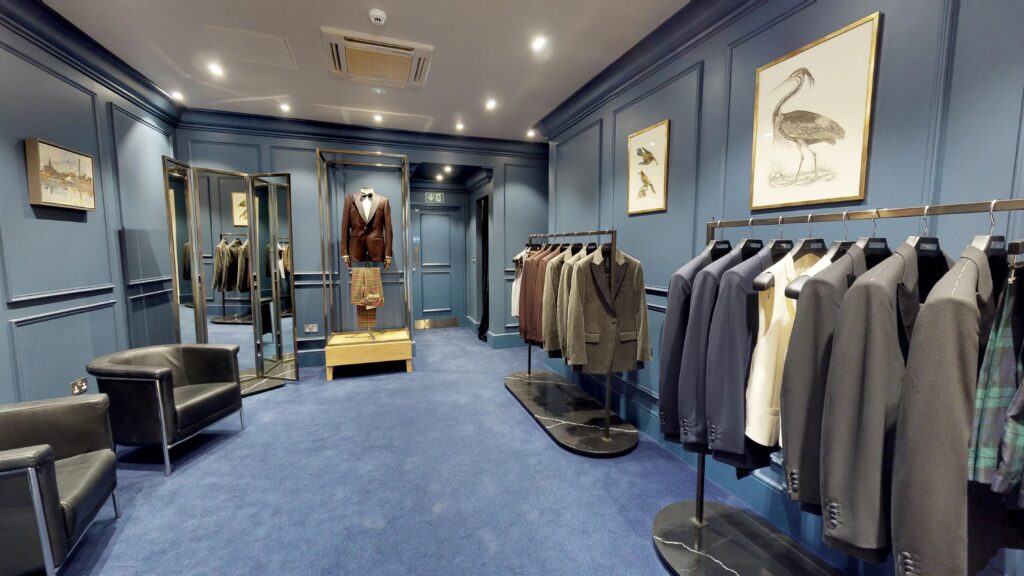
For Americans, buying clothes from Savile Row house at this price was too amazing!
So this brand was very successful in marketing, so to speak, not so honest. But in terms of production, it is still groundbreaking.
First of all, the mill is in Crewe, which is close to Huddersfield, the hub of fabrics, and it’s close to the port of Liverpool.
Secondly, Chester Barrie carried forward pioneering efforts to give different people the various processes of making clothes, that is, the industrial innovation of bespoke suits. This in the 50s, also influenced some Italian brands that were sanctioned, such as Kiton, Attolini and Brioni.
The 60s were the peak years of Chester Barrie, employing 1,000 tailors in Crewe’s factory. In addition to 32 Savile Row, clothes are also sold in some of the world’s top department stores, such as Saks Fifth Avenue, Selfridges and Harrods.
But in the ’70s, the business took a nosedive, as Italian style began to dominate the world and British suits were not so welcomed in the United States. In the late ’70s, the Ackerman family sold the company to Austin Reed (a separate article on that).
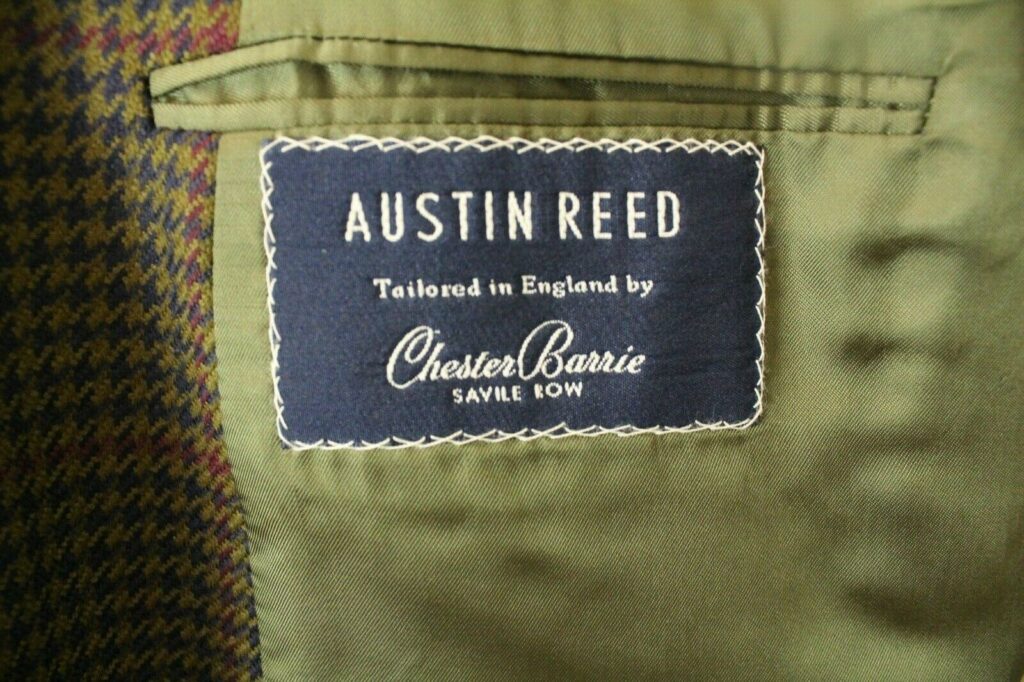
Under Austin Reed’s management, the Chester Barrie brand was increasingly marginalized and didn’t receive much marketing support, and Crewe’s factory survived by making ready-to-wear for Huntsman and the Ralph Lauren Purple Label.
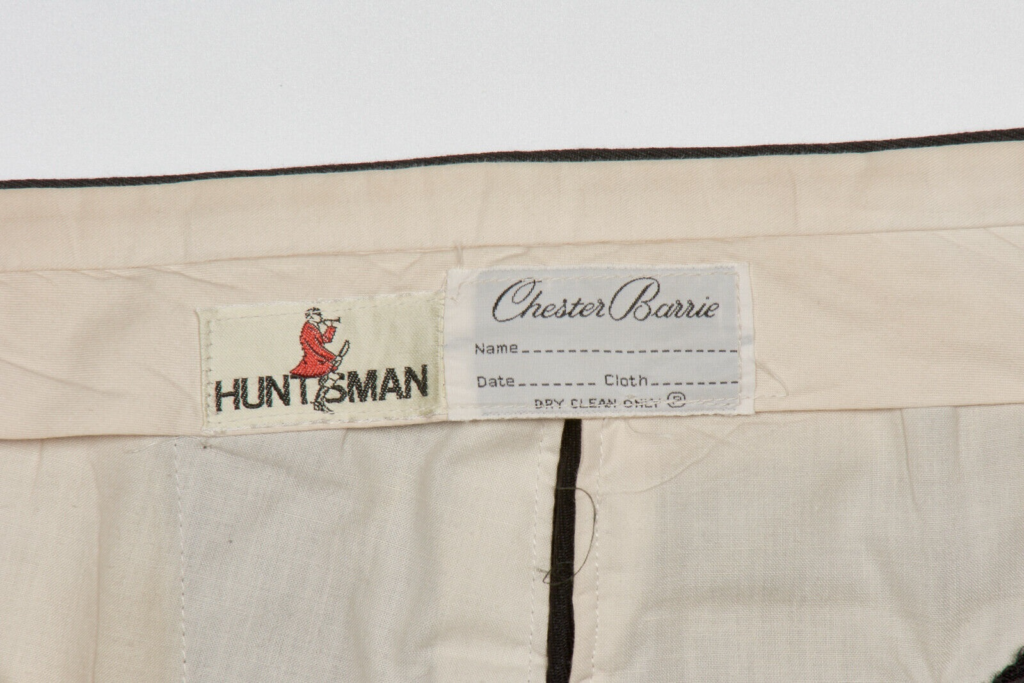
Austin Reed is also dying due to the trend of casual clothing.
Chester Barrie was sold in 2007 to the Japanese company Prominent Europe.
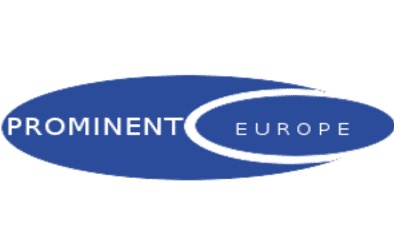
The Japanese wanted to save the brand, appointing Christopher Modoo as creative director in 2011 and hiring Edward Sexton to redesign the fit.
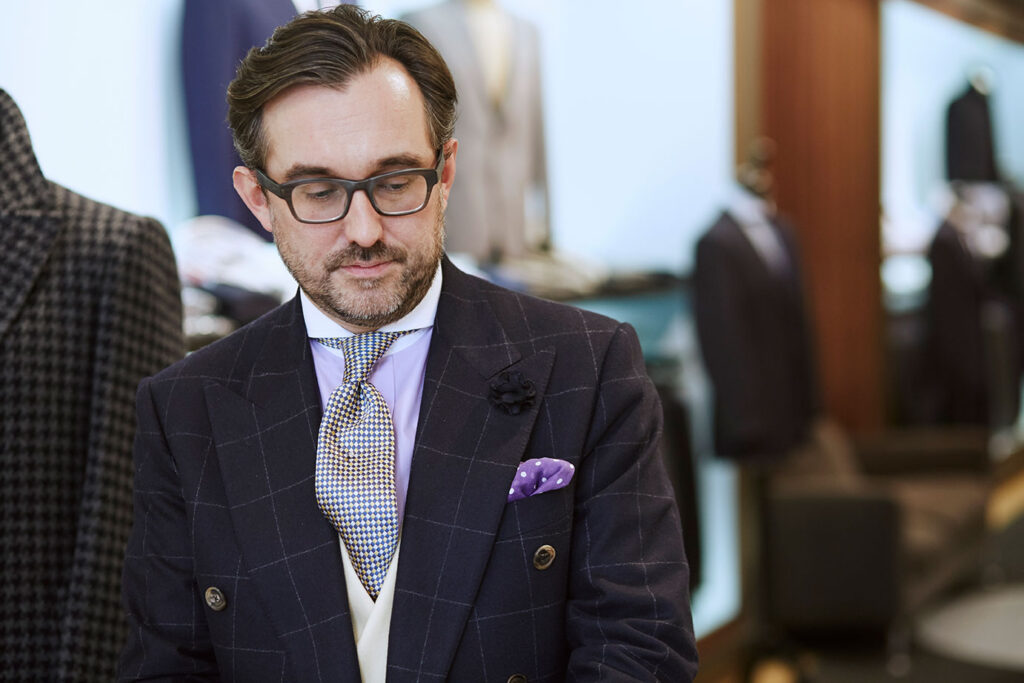
In fact, it was to change the style of the Sack Suit, which has been pleasing to Americans for many years, back to the British style.

Unfortunately, it didn’t work out, and with the outbreak of the epidemic in 2020, Chester Barrie seemed to have reached a dead end again.
Summary
A company that started with “fake marketing”, but indeed had a brilliant and celebrity clientele, tossing and turning in the tide of the times, no matter what, is a legend in the classic menswear world.

